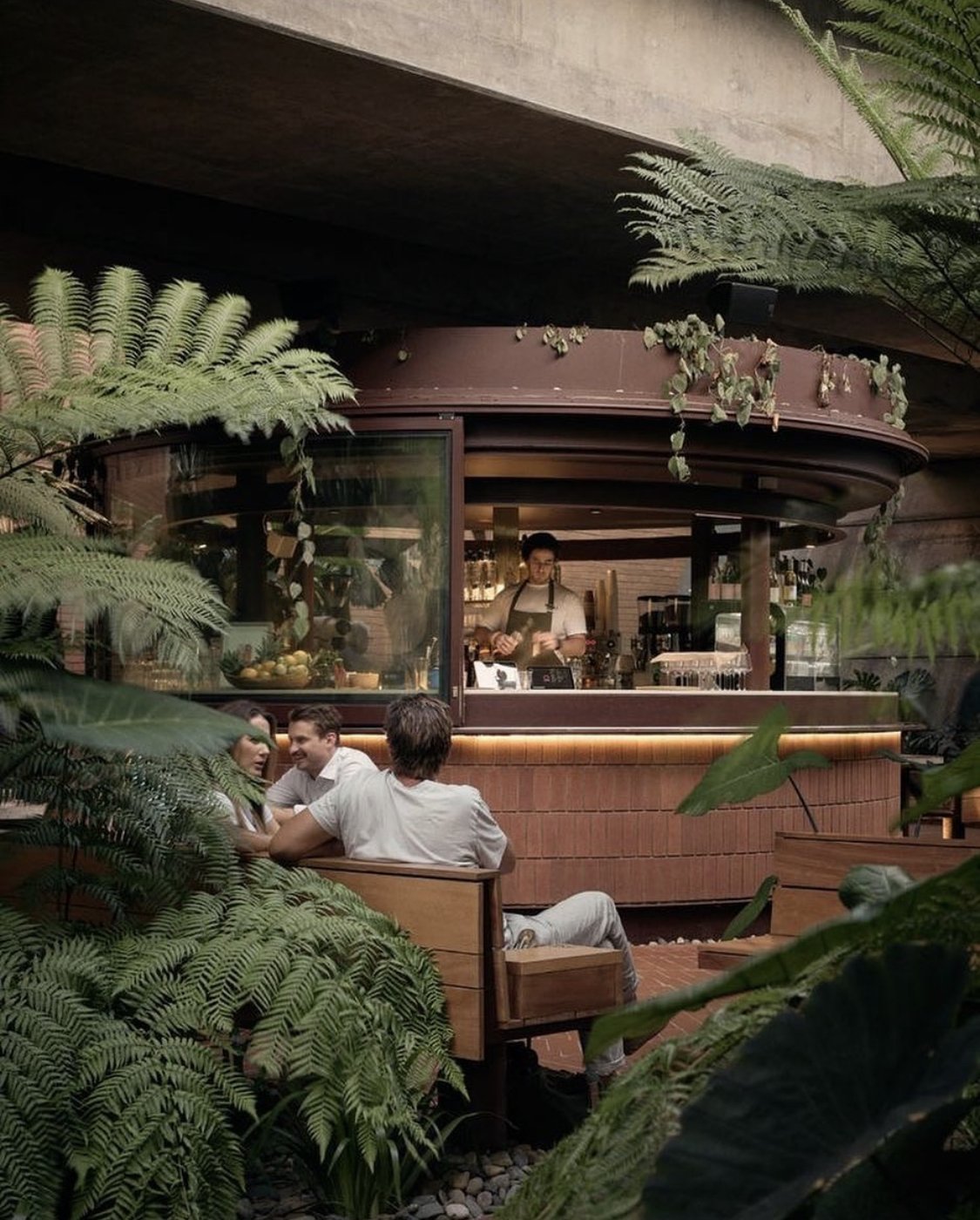How coffee shops can make us more creative
Have you ever wondered why you struggle to concentrate in an open-plan office but feel completely different in your favourite cafe?
Noise can actually help us be creative. But it depends on how much, and importantly, where you are hearing it. In the office, our brains are constantly attending to the conversations going on around us. And with good reason. The conversation, while unwelcome to your conscious mind that is trying to get that report finished, is of great interest to our unconscious mind. After all, that office conversation might be about us, or about something we need to know. My own research has shown that standard open-plan office noise causes us to be more stressed and in a worse mood.
In a place like a coffee shop though, things are different. The conversations around us are unlikely to be about us. As a result, the background ambient noise - the whoosh of the coffee machine, the soft background music, clinking coffee cups and low buzz of chatter - has an entirely different effect. It can actually help us be more creative. This study found that a certain level of ambient background noise enhanced creativity. It turns out that a moderate level of noise promotes abstract processing, leading to higher levels of creativity.
Coworking and creativity since 1720 in Cafe Florian, Venice
But it isn’t just the different type of noise. The design and location of coffee shops also influence our thinking and creativity. Physical space acts as a cognitive scaffold, giving our brains visual input that can help us solve a problem, get something done, or come up with new ideas. And being in the presence of other humans who aren’t likely to ask us to help them with a new project for the boss, is food for our souls, tired of long days working home alone.
Think about your favourite cafe. Maybe not the one you get you grab a takeaway from on the way to the office, but the ones you like to spend time in.
The design and materials, constantly shifting dynamics, flyers that catch our eye, half-heard ideas, the buzz of the city around us, all feed into an unconscious melting pot from which ideas, suddenly, randomly, pop into consciousness at a later time. This is why the closed campus buildings of many modern organizations can feel as if they are stifling creativity. The mundane routine of the same space with the same people underscored by the hum of the (too cold) air-conditioning can leave us feeling uninspired at best.
Coffee shops have been called ‘third spaces’, places other than our homes or our offices where we can go to get things done. And long before (centuries in fact), Starbucks laid claim to starting this movement, the coffee houses of the Englightenment were the original coworking spaces. Places to write, think and engage in serendipitous conversation. Isaac Newton worked from the Grecian Coffee House in London (and also dissected a dolphin there).
And underneath the arches in the gothic architecture of Venice’s Cafe Florian which opened in 1720, Proust and Dickens were frequent visitors, along with Nietschze, Cassanova and Charlie Chaplin. Hemingway sat in the sun here feeding the pigeons, watching travellers return from across the Adriatic Sea, the Byzantime Empire and the East.
Coffee shops have been places to work remotely and inspire thinking since they first appeared in history. Years after being there, I am still obsessed with a cafe in Belize City. I am not sure if it has to do with the cafe itself, or if it was simply a function of me, a coffee shop and design addict, being deprived of one for what felt like eternity at the time. I had been trekking through the jungle across three Central American countries for weeks, following a lifelong passion charting Mayan culture and architecture. As an Australian, I’m pretty comfortable with creepy, crawly things. I mean, Australia is full of them. And we have some pretty dense forest too.
Fish Lane
But I was completely unprepared for jungle that you literally could not walk through, in heat and humidity that made the worst hot yoga class you can imagine seem like a Wim Hof ice bath.
Right before my Belize cafe discovery, I’d been staying in a flyscreened hut on the banks of the Usamacinta River that borders part of Chiapas in Mexico and Guatemala. This was after arriving by small boat on a river that seemed ready to swallow you up Indiana Jones style. Tarantulas dropped out of trees in front of me, and I couldn’t sleep at night wondering if the sounds at the edge of the clearing were jaguars, or just howler monkeys (who sound like jaguars).
Walking into the cafe in Belize felt like a revelation. Bright sunshine. Musicians playing in a corner, incredible coffee, shelves of books and curious herbal remedies. Oh and the best cheesecake I have ever had. Documenting Mayan architecture here felt like I was in the most creative place in the world. And that I had dropped off the earth of the mundane existence of my then corporate life.
Creativity emerges in unexpected ways.
Not in meetings that table it as an agenda item.
Take your laptop or notebook and get out of the office or the house today, meander through the city, and pause in a coffee shop that makes you feel something different from the spaces you usually spend time in.
Research and history shows that we will get very different creative outcomes than we will booking the phone booth meeting room in the office.



